
Top 5 Marketing Analytics Tools 2024
Customer behavior insights extraction is imperative in the data-driven marketing environment of today. In this particular case, marketing analytics software

Top 5 Marketing Analytics Tools 2024
Customer behavior insights extraction is imperative in the data-driven marketing environment of today. In this particular case, marketing analytics software

Best 15 ERP Software 2024 ( Sector Wise )
ERP software plays a crucial role in streamlining operations, improving efficiency, and gaining valuable insights for financial services organizations. By
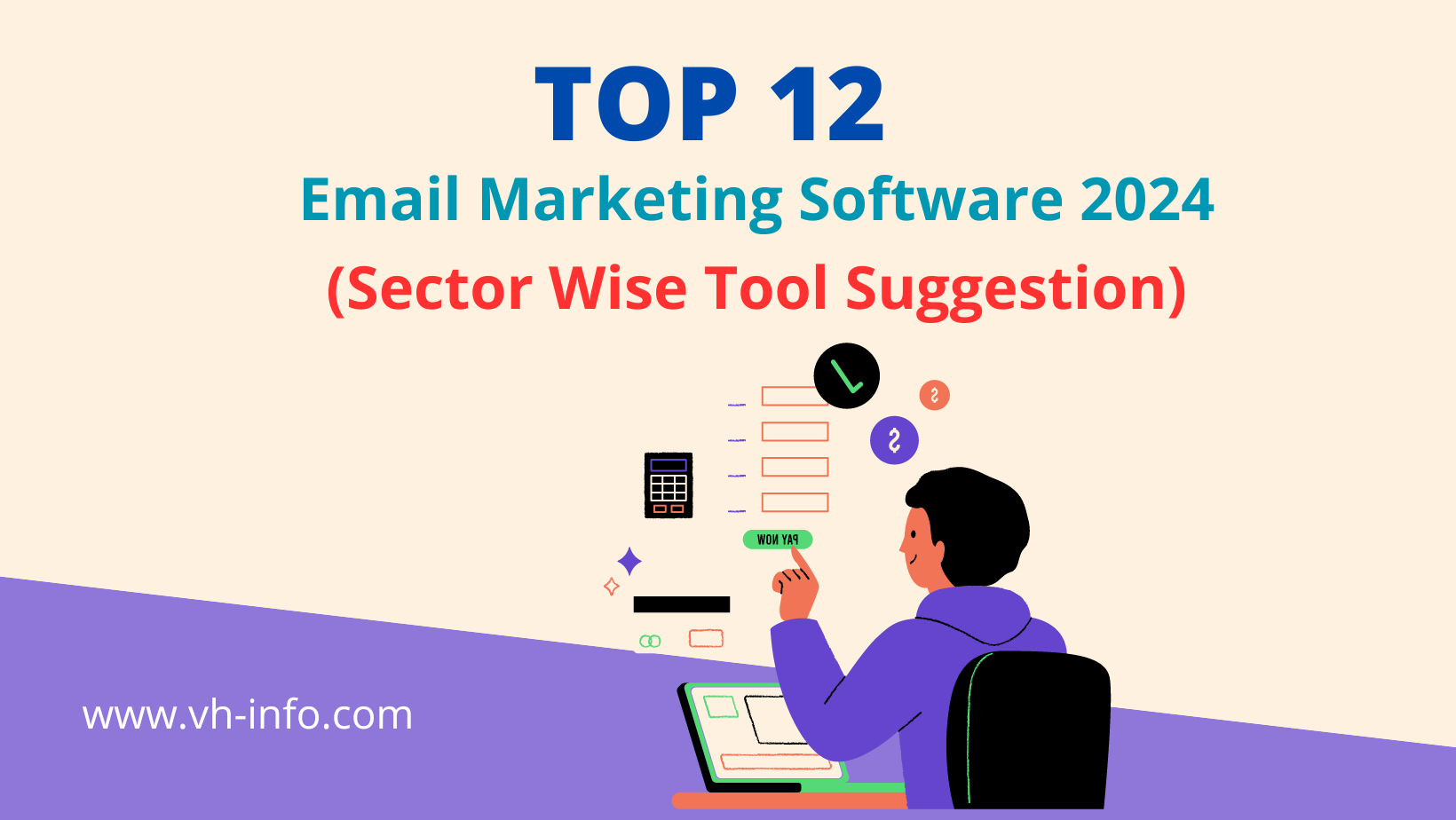
Best 12 Email Marketing Software For 2024 – ( Sector Wise )
According to vh-info research on use of email marketing according to sector wise in the ever-evolving digital world, email marketing

Digital Marketing vs Social Media Marketing 2024
In today’s hyper-connected world, establishing a strong online presence is crucial for businesses of all sizes. But with the vast
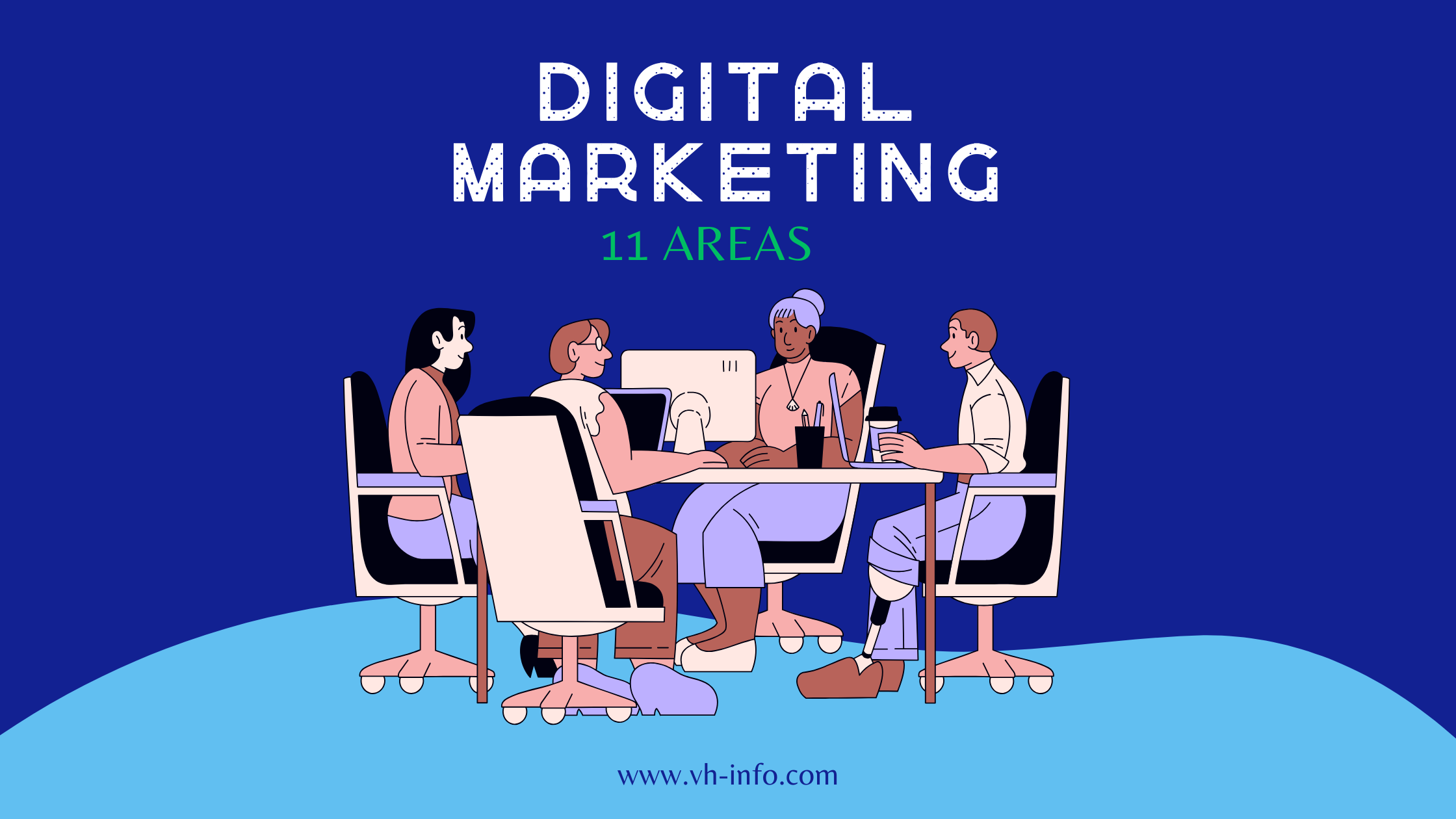
Top 11 Essential areas Of Digital Marketing 2024
As digital marketing evolves at breakneck speed, staying ahead of the curve feels like chasing a comet. But fear not,

Shopify VS WordPress: Which is Better for E-commerce in 2024?
These days when the world is so digitalized companies compete for attention by being visible online. Businesses must maintain their
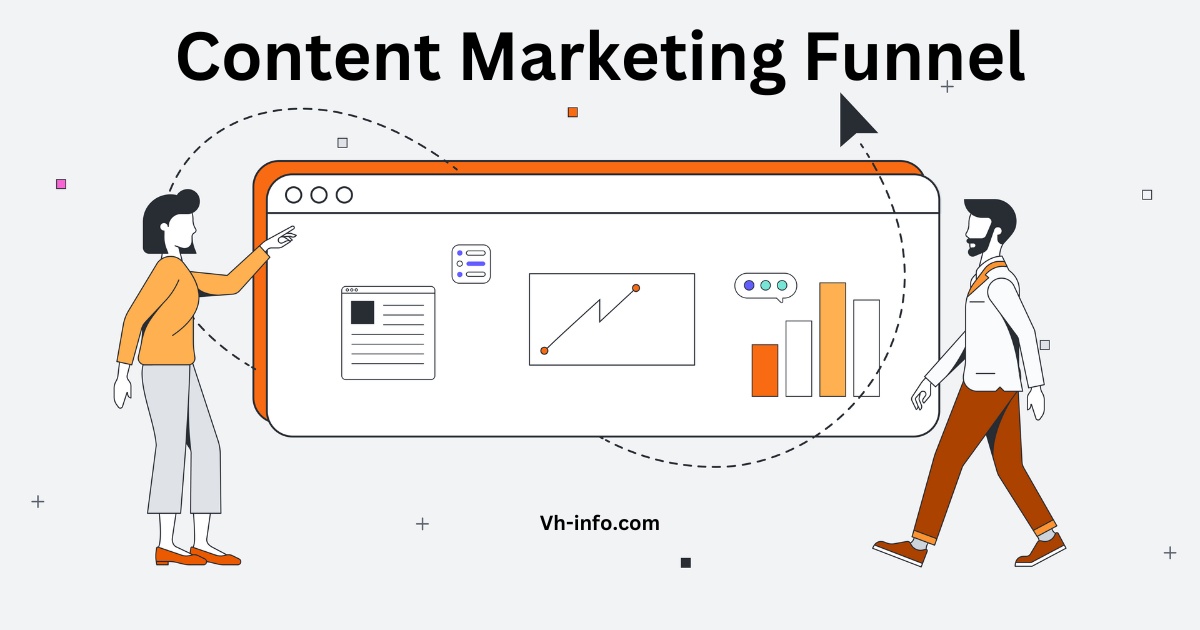
Content Marketing Funnel: The Ultimate Guide
Welcome to the ultimate guide to the content marketing funnel! In today’s digital age, content marketing has become a vital
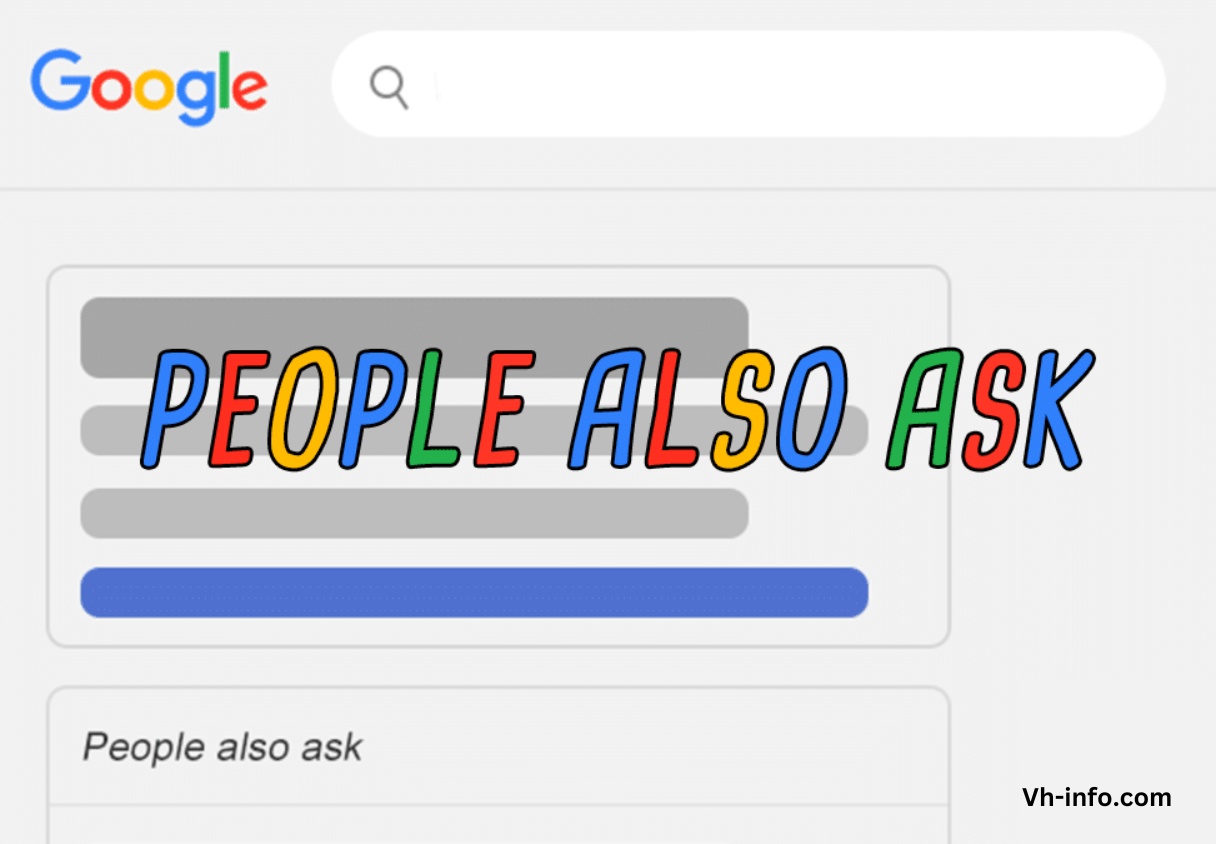
What is Google People Also Ask (PAA): Ultimate Guide
In today’s digital age, search engines have become an integral part of our lives, providing us with quick and relevant

Content Plan: What it is, Examples & Step-by-Step Guide
Have you ever found yourself aimlessly creating content without a clear direction or purpose? It’s time to take a step
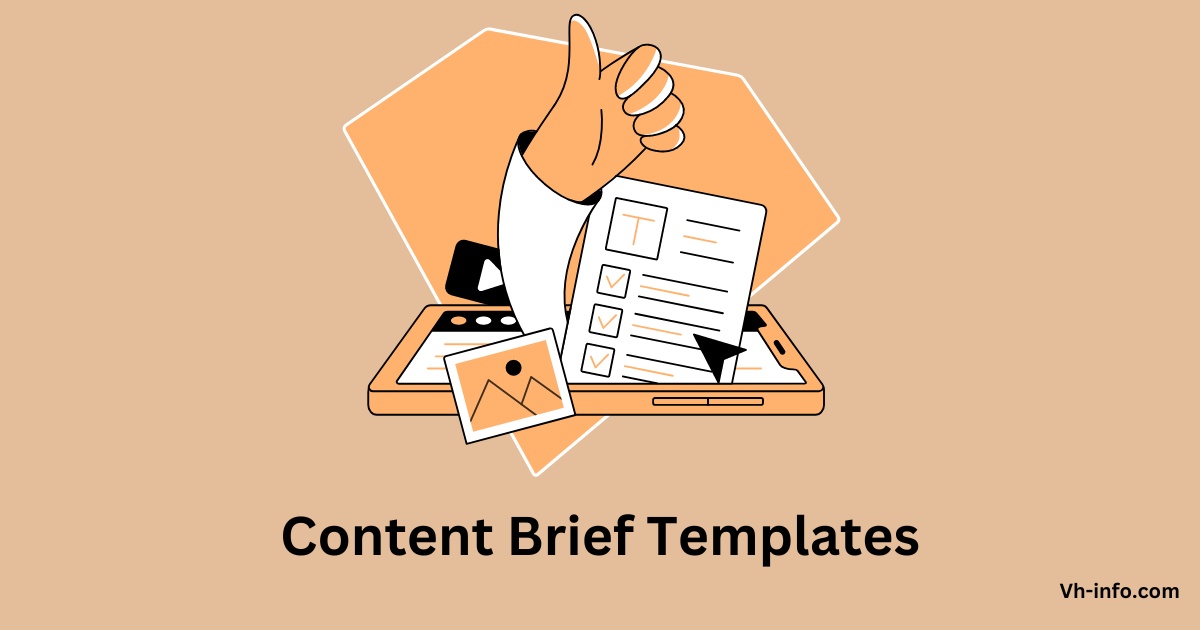
Content Brief Templates: Examples & Step-by-Step Guide
Content brief templates are essential tools in the content creation process. They provide a structured framework for organizing and guiding
WHAT WE
3rd floor, VHinfo, QRXG+CG9 Capital Market, Canal Rd, chokdi, Ravapar, Morbi, Gujarat 363641
VH-info © 2025 | All Rights Reserved